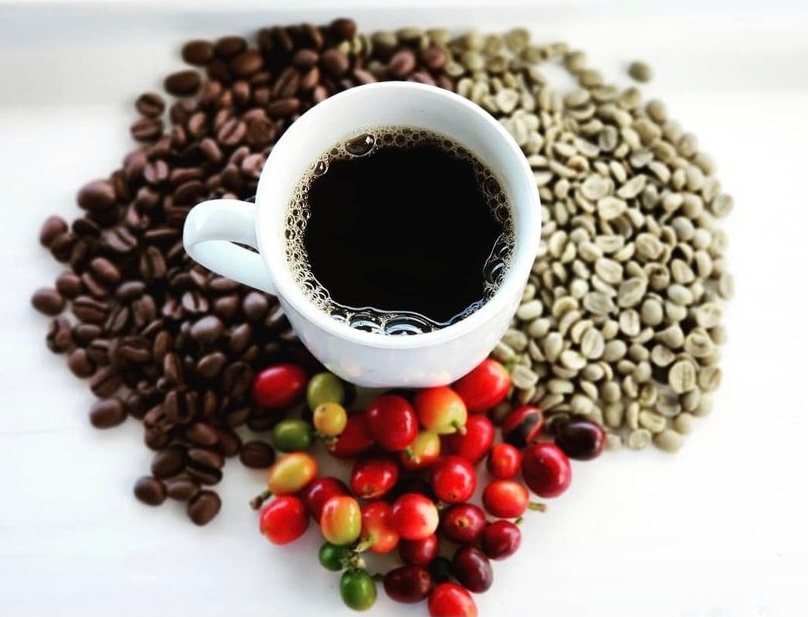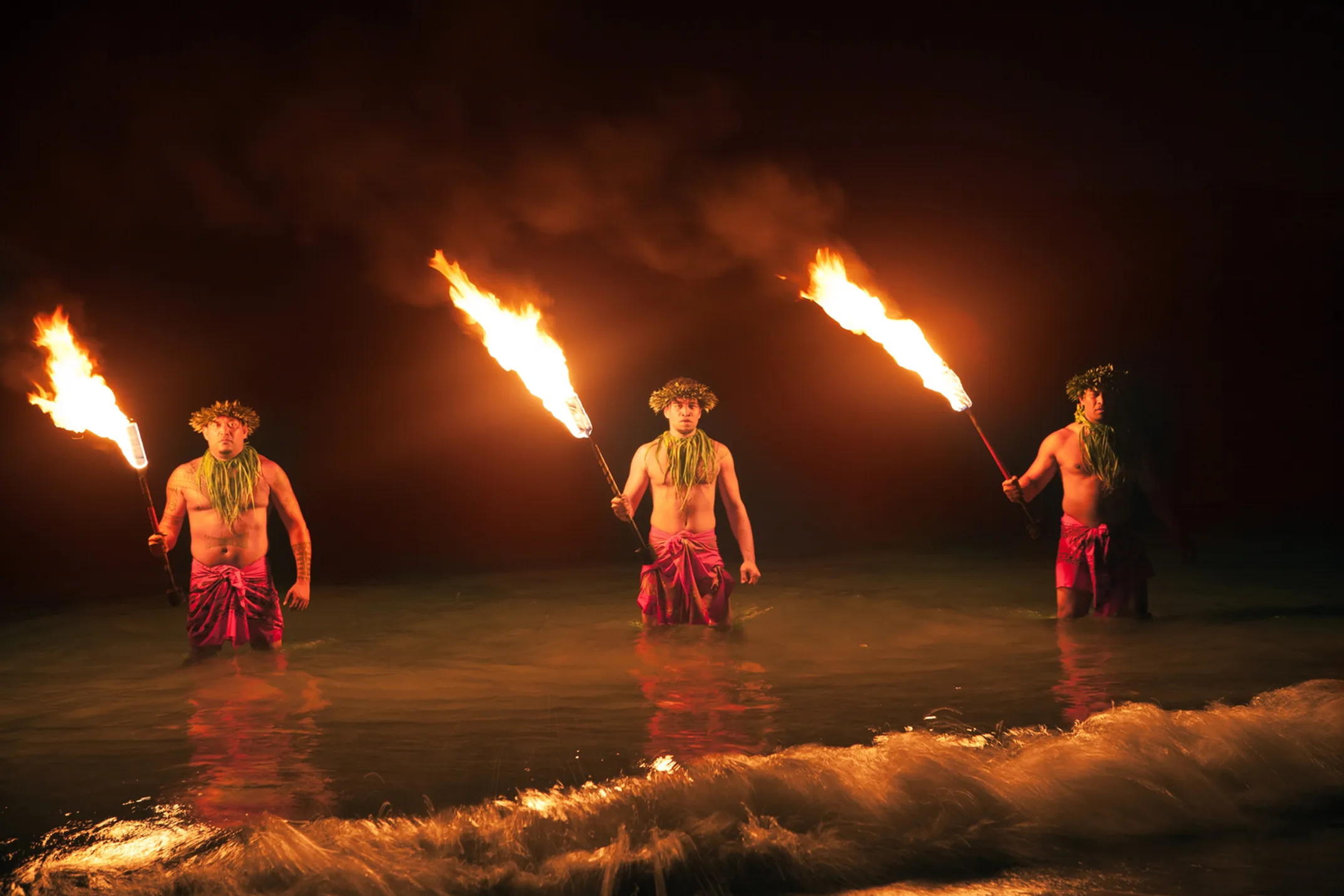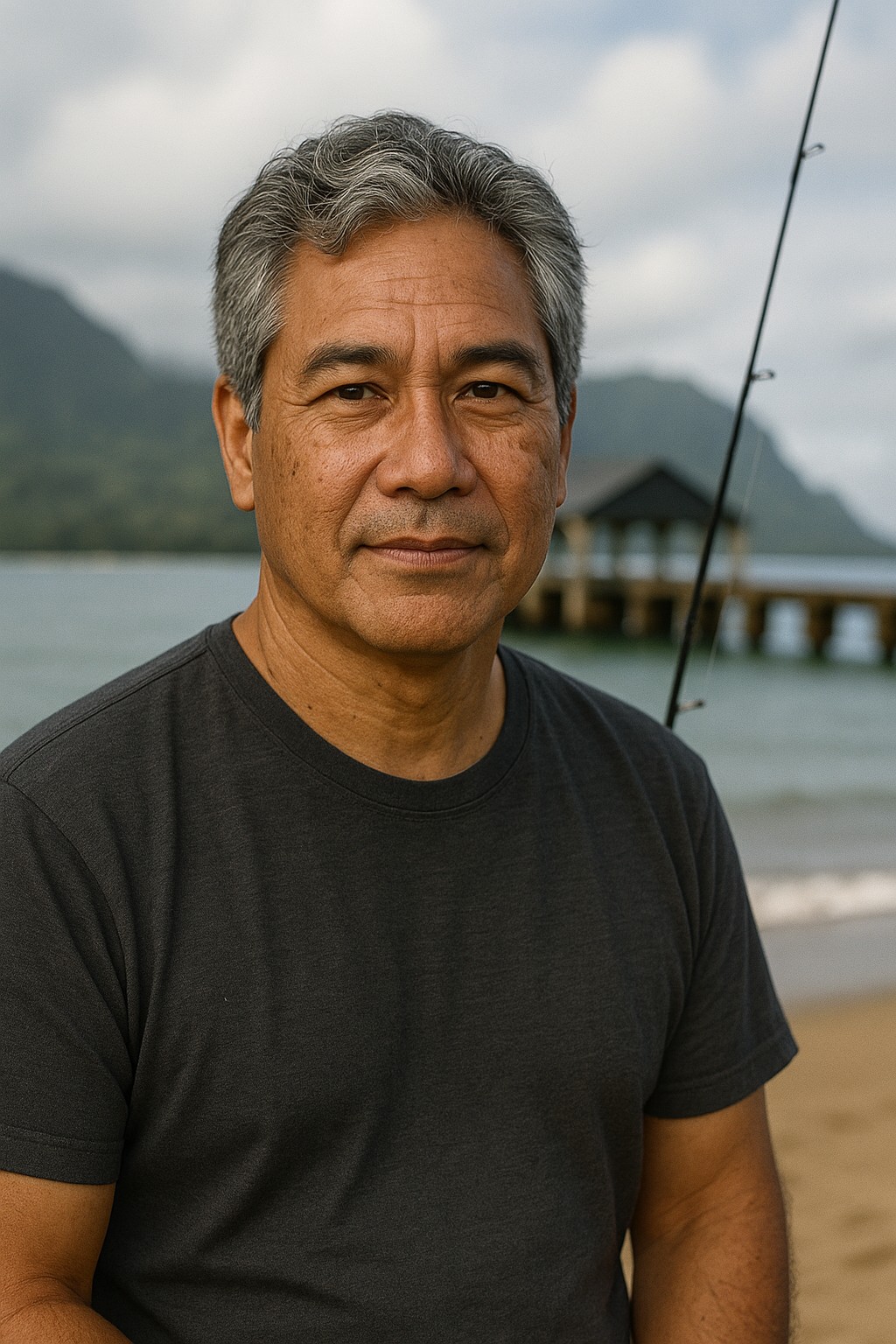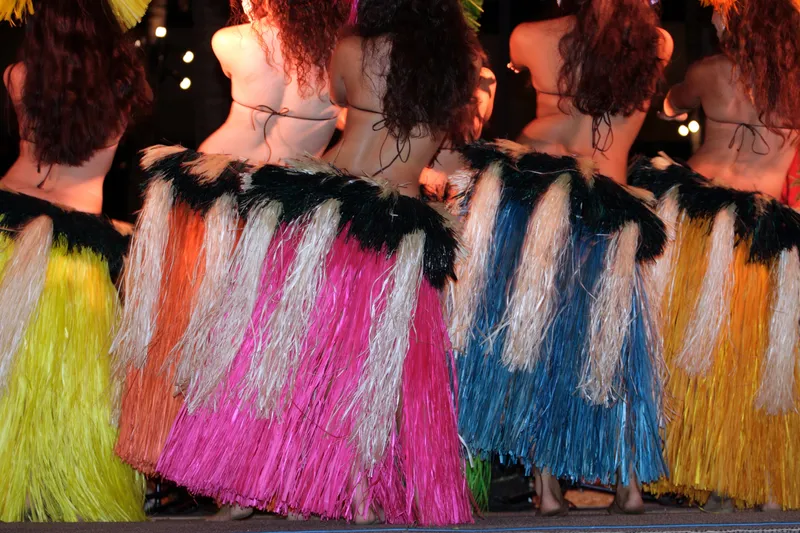
“Brew Your Best Cup”- Coffee Brewing Workshop
Heavenly Hawaiian Coffee Farm • Farm • Holualoa, Island of Hawaii • Hawaii

Walking These Paths in Modern Times

Written by a Local Cultural Expert
Kalani Miller
When I take my keiki to visit our sacred places, I'm not just showing them tourist attractions. I'm connecting them to their identity, their responsibility, their future. Each site tells part of the larger story.
At Puʻuhonua o Hōnaunau, the Place of Refuge on the Big Island, we talk about how our ancestors created justice systems based on healing rather than punishment. Lawbreakers could find sanctuary here and undergo spiritual cleansing instead of execution. It's a model that modern restorative justice advocates are rediscovering.
At Kalaupapa on Molokaʻi, we remember the thousands of Hawaiians separated from their families by foreign disease and foreign policy. The leprosy settlement wasn't just medical quarantine—it was cultural quarantine, breaking the ʻohana connections that were the foundation of Hawaiian society.
At Pearl Harbor—which we call Puʻuloa—we remember that this was a sacred place long before it became a military target. The shark goddess Kaʻahupahau protected these waters and their pearl oysters until 19th-century pollution drove her away. The 1941 attack was the second tragedy here, not the first.
At Kūkaniloko on Oʻahu, we visit the birthstones where royal children were born for nearly 800 years. The site's alignment with celestial events shows how astronomy and genealogy were inseparable in Hawaiian thinking. Chiefs derived their authority not from conquest but from connection to the cosmos.
Place of Refuge teaching restorative justice and healing-based law systems that modern advocates are rediscovering.
Sacred waters protected by Kaʻahupahau, showing how environmental destruction preceded military tragedy.
Royal birthstones aligned with stars, showing how astronomy and genealogy connected chiefs to the cosmos.
Leprosy settlement representing cultural quarantine that broke ʻohana connections fundamental to Hawaiian society.
These aren't just history lessons. They're preparation for the work ahead.
Hawaiian history didn't end with statehood in 1959 or the Renaissance of the 1970s. It's still being written by every family that chooses to speak Hawaiian at home, every farmer who plants kalo using traditional methods, every young person who learns to navigate by the stars.
The sovereignty movement isn't about returning to some imagined past. It's about applying ancestral wisdom to modern challenges. How do you create sustainable communities? How do you manage resources fairly? How do you maintain cultural identity in a globalized world?
These questions matter beyond Hawaiʻi. Indigenous peoples worldwide are asking similar questions as they work to protect their lands, languages, and ways of life from corporate and government pressure.
Climate change makes Hawaiian knowledge even more relevant. Our ancestors developed sophisticated understanding of sustainable living on isolated islands with limited resources. Their innovations in aquaculture, agriculture, and resource management offer models for a world running out of options.
My papa used to say that the land doesn't belong to us—we belong to the land. That understanding is what we're fighting to preserve. It's the difference between seeing land as property to be bought and sold versus seeing it as family to be protected and cared for.
When tourists come to Hawaiʻi, they often see only the surface beauty. Hotels and beaches. Sunsets and shopping. But if you're willing to look deeper, you'll find a story of incredible resilience. A people who survived contact, disease, overthrow, occupation, and systematic cultural suppression. A people who kept their language, their traditions, and their connection to place alive against all odds.
This is our moʻolelo. This is our truth. And this is why we continue to stand as guardians of our islands, our culture, and our future.
The red dirt roads still wind through old cane fields where new crops grow using ancient methods. The trade winds still carry the scent of maile and mokihana over valleys where families gather to practice traditional arts. The waves still crash against lava rock that remembers the birth of the world.
And we're still here, telling our stories, teaching our children, protecting what's sacred. Not as museum pieces or tourist attractions, but as living people with living culture in a living landscape.
That's the real Hawaiʻi. Not the one in the guidebooks, but the one that lives in our hearts and calls us home. The one that connects us to our ancestors and commits us to our descendants. The one that reminds us every day that this land is not just where we live—it's who we are.
Kalani Miller writes from Hanalei, Kauaʻi, where he lives with his wife Alana and their four children. When he's not sharing stories about Hawaiian history and culture, you can find him teaching his keiki to read the ocean, restore traditional food systems, and carry forward the wisdom of their ancestors.
Climate change solutions
Globalization resistance
Indigenous rights models
Healing-based systems

Heavenly Hawaiian Coffee Farm • Farm • Holualoa, Island of Hawaii • Hawaii

